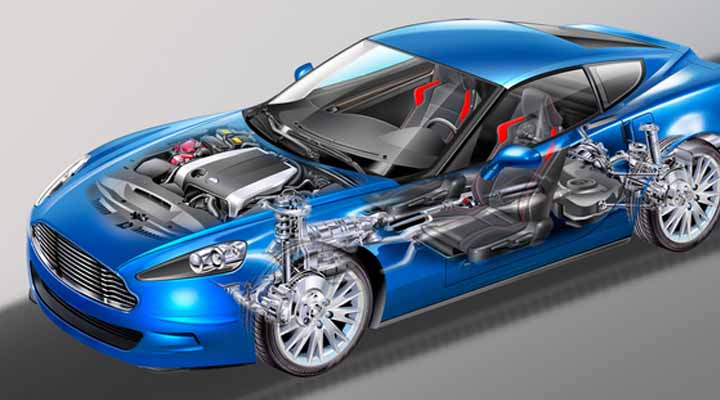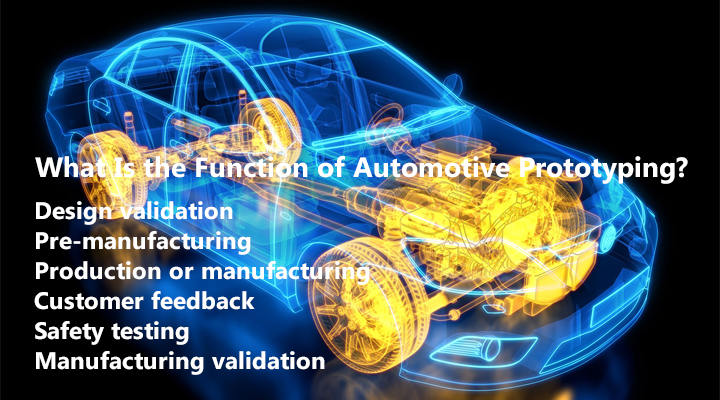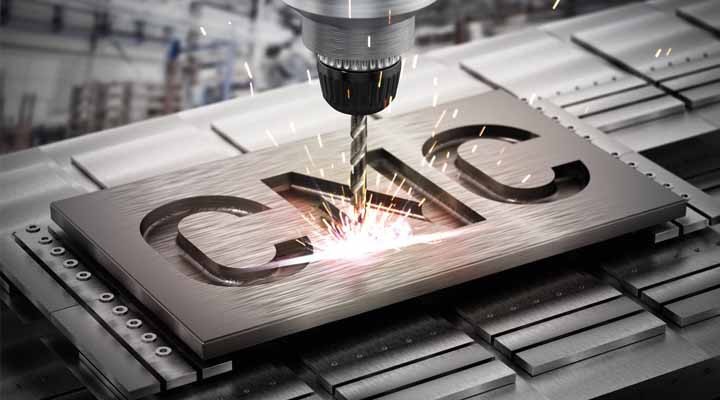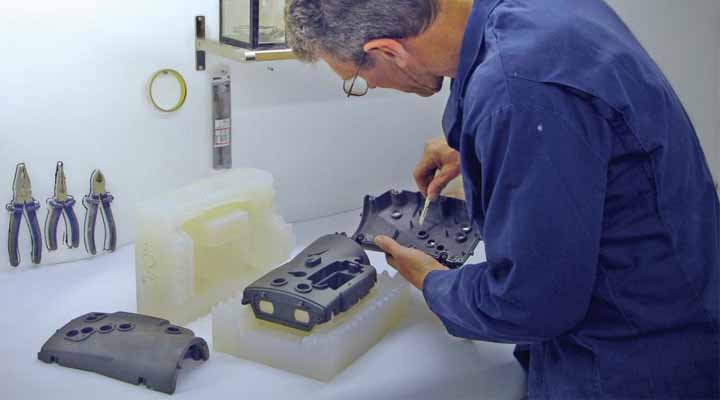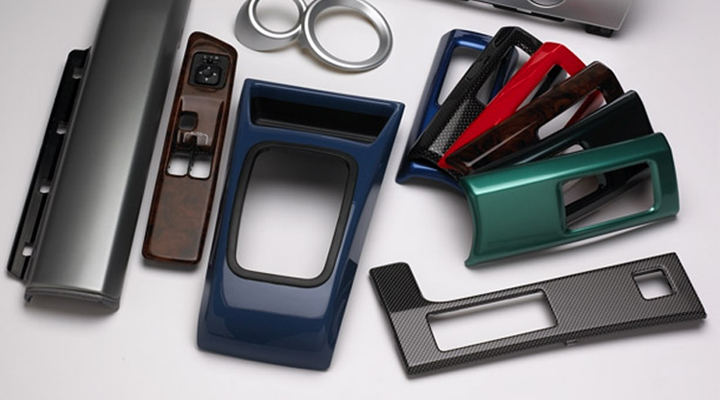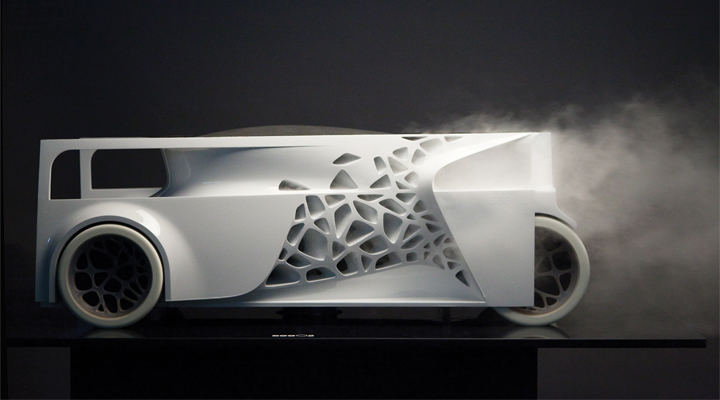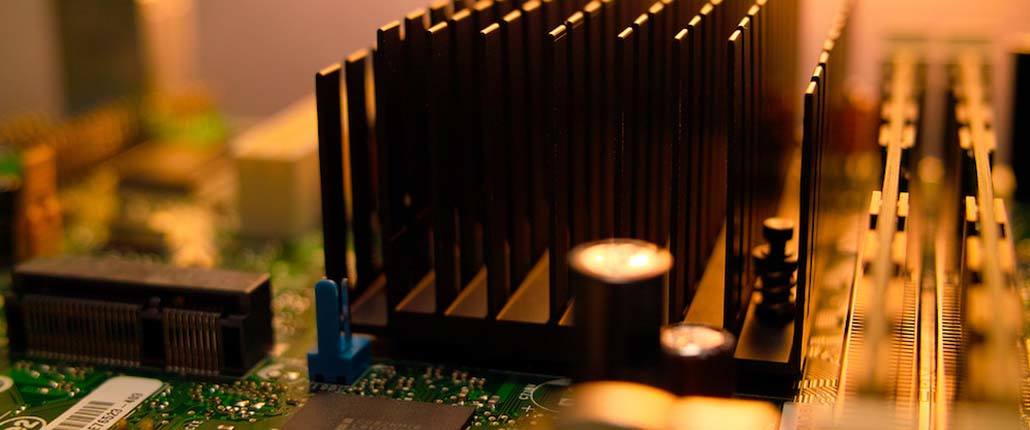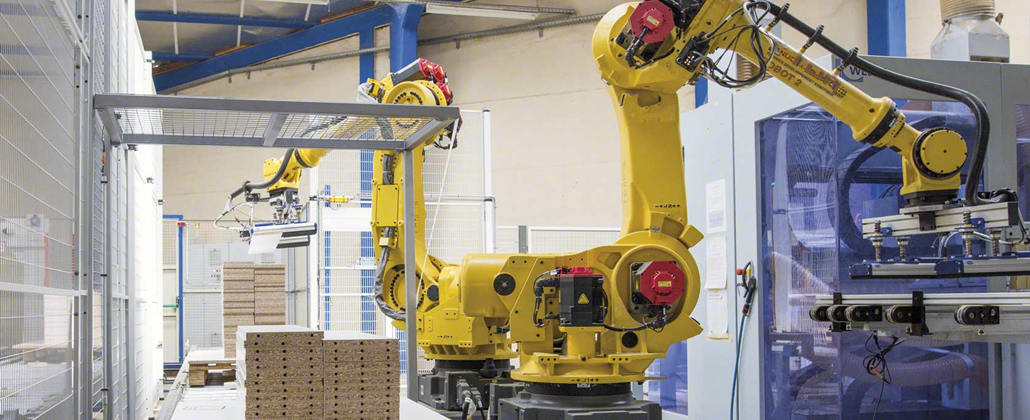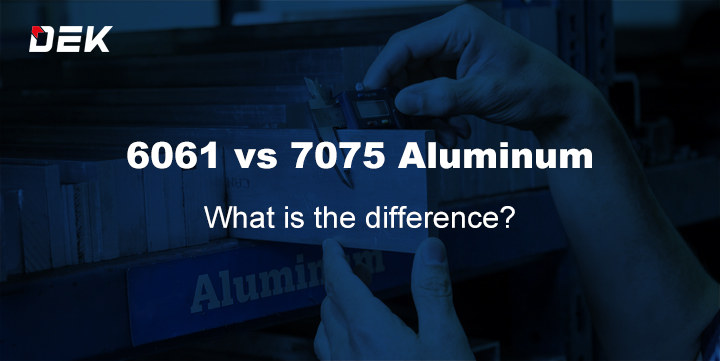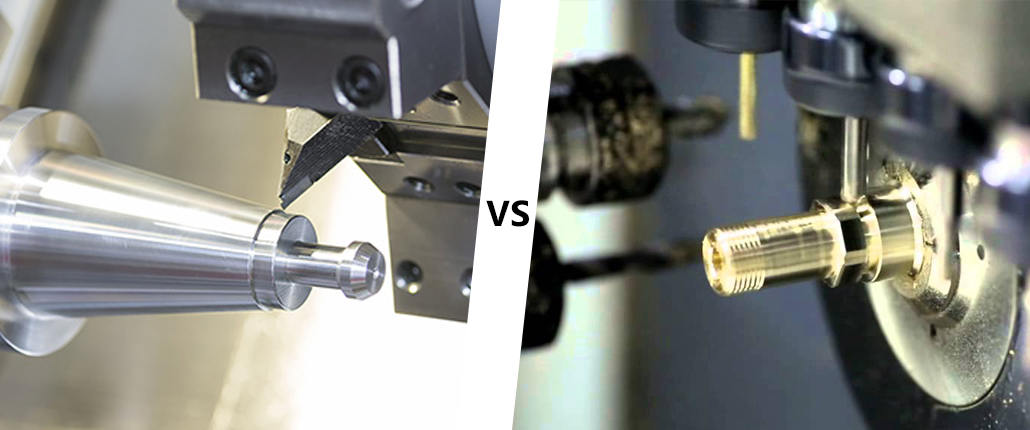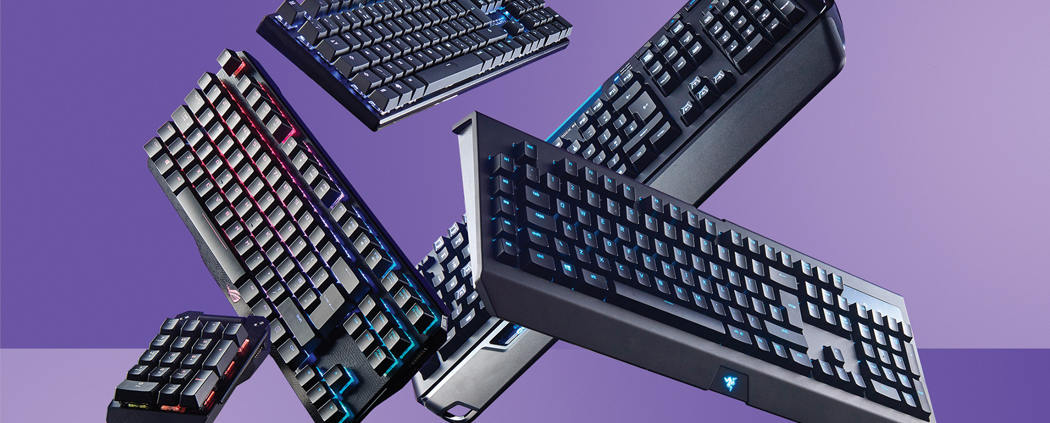Rapid automotive prototyping is the key that drives automobile innovation and advancement. With the help of this automotive prototyping, we can go through an entire process, from design and 3D to the actual engineering and manufacturing.
But, automotive prototyping isn’t just one step in the process but a complex area with multiple functions from concept to creation – the most critical aspect of the product development process. Considering that the safety of a vehicle is always crucial, automotive prototyping of parts and components and testing their safety is of vital importance.
Let’s learn all there is to know about automotive prototyping and see how this industry is changing for the better.
What Is Automotive Prototyping?
Automotive prototyping entails creating the first sample (prototype) of a vehicle, part, component, or tool. Prototyping is one of the most vital steps between the initial sketch or design and the final product.
With the help of prototyping, manufacturers can check the functionality of a component, the proper materials, visualize its structure, check for errors, and, most importantly – test its safety.
Why Prototyping in the Automotive Industry?
Prototyping as a design validation practice is essential in every industry, but especially in sectors like automotive. Automotive prototyping plays a crucial role in the safety testing of vehicles and their components. No vehicle can go without this.
Additionally, rapid prototyping saves many expenses, allowing manufacturers to test their designs before starting mass production.
What Is the Function of Automotive Prototyping?
The functions of automotive prototyping in a typical product development process are design validation, pre-manufacturing, production, customer feedback, safety testing, and manufacturing validation. Let’s see what each of these means:
Design validation
The first role of prototyping in automotive design is in the design validation stage. Here, the engineers’ job is to create a rough first draft to present in front of all the stakeholders. At this point, we usually use cheaper but fast manufacturing processes like vacuum casting.
Pre-manufacturing
Once the initial model has been validated, the pre-production or “mule” phase begins. At this point, we manufacture a more refined product, typically by using CNC machining. Now is also the time when engineers test for usability, mistakes, design issues, and similar.
Production or manufacturing
Once we see all that has to be improved in the pre-production stage, it’s time to move on to the actual production. Here, the engineers decide the best manufacturing method and materials they need to use for the specific part. Once they decide on these questions, they start manufacturing the prototype.
Customer feedback
Once the final prototype is ready, typically, creators launch beta testing or offer their product to a selected audience to gather their feedback and experience. Customer feedback is the majority’s voice, and it will often discover many mishaps in the prototype.
Safety testing
After customer feedback comes the safety testing. That’s perhaps the most crucial function of prototyping in the automotive industry. At this stage, engineers will test a component’s durability, user safety and check for any possible failures. Safety testing is typically done by exposing the prototype model to different extreme scenarios or conditions.
Manufacturing validation
It’s finally time to make all those minor tweaks and manufacture the end prototype. Before the actual manufacturing process of an auto part begins, it needs to go through a manufacturing validation and have a finalized prototype. Once you make sure the final prototype is safe and works as desired, you can start the production of that auto part.
Methods of Creating Automotive Prototypes
There are three main ways of creating automotive prototypes: CNC Machining, 3D Printing, and Vacuum Casting. Let’s explain each of these methods.
CNC Machining
CNC machining is perhaps the most commonly used method of creating automotive prototypes. With this method, manufacturers can produce high-precision parts and components with tight tolerances.
To manufacture a prototype model with CNC machining, you can choose various plastics or metals, depending on the need and application. For instance, due to their heat resistance, durability, and strength, we typically use metals or thermoplastics for prototyping components in the automotive industry.
3D Printing
We usually use 3D printing at the beginning stages of the development process to produce a model quickly and efficiently. As such, we typically use 3D printing for rapid prototyping.
3D printing works with powdered plastic, metal, or other materials that bond. As a sample model for printing after, 3D printing uses digital files. That results in incredible precision when printing different components.
Vacuum Casting
The vacuum casting process entails using an existing product to create a silicone mold which you’ll later fill with a bonding material and make a copy of the initial product.
With vacuum casting, manufacturers can produce prototype components at meager prices, but the quality of these prototypes won’t be as high as with CNC machining or 3D printing.
What Are the Roles of Prototyping in Automotive Design?
The role of automotive prototyping is to create a sample model or clone of how the original auto part or component should be designed, look and function. There are three different roles of prototyping in the automotive industry: appearance, structure, functionality.
Manufacturing an appearance prototype
When engineers need to see only the appearance or visual design of a prototype, we can use cheap materials that aren’t durable or strong but look good. An excellent surface finish is vital in this type of prototype.
Manufacturing a structural prototype
A structural prototype serves to check the size, installation, and overall structure of an auto part. To manufacture a structural prototype, you need to use high-precision 3D printing or CNC machining methods. Typically, a digital file and a 3D printer will provide the most precise structural prototypes.
Manufacturing a functional prototype
The third and last role of prototyping in the automotive industry is the creation of functional prototypes. These prototypes are a clone of the original and have to be made of quality, durable, and structurally sound materials. The functional prototype is the final product which is made realistically.
What Materials Are Used in Automotive Prototyping?
Depending on the component or part you need to be produced and the design stage, you can typically use three different materials in automotive prototyping: metal, plastic, and silicone.
Metal in Automotive Prototyping
Stainless steel and aluminum alloys are some of the most commonly used metals in automotive prototyping. However, metals like magnesium or chrome-based alloys, titanium, or copper can also be used – depending on the application.
Plastic in Automotive Prototyping
We can also use plastic materials in automotive prototyping. That’s mainly reserved for auto parts that don’t need the added durability and heat resistance that metals provide. We can use Acrylic, ABS, PC, PPS, PS, PE, and other plastics to produce auto part prototypes. For use in automotive, thermoplastics are typically preferred.
Silicone in Automotive Prototyping
The last most common material used in prototyping auto parts is silicone. We typically use silicone to manufacture design or appearance prototypes with a focus on the external visuals. For instance, we could use silicone to design the custom body of a car.
Application of Prototyping in the Automotive Industry
Prototyping in the automotive industry has several different applications: design iterations, customized tools, functional automotive parts, etc.
Furthermore, prototyping can be used for innovative products and creating sample models at reduced costs. That’s especially useful when we produce an appearance prototype that serves for a visual representation only.
And finally, prototyping in the automotive industry also has immense safety implications, which makes it vital in the safety tasting phase of any auto part or component. By creating a model prototype first, you can also save costs and test the faults on a sample product rather than realizing them later on during the actual production process.
To Sum Up
Taking safety as one of the most vital aspects in the automotive industry, it’s not hard to understand the importance of prototyping. Additionally, the second most important keyword to remember on the subject of automotive prototyping is “on-demand.”
With a quality on-demand manufacturer for auto parts, automotive prototyping will be a breeze. But, naturally, prototypes still miss the attention of stakeholders, which leaves the engineers with low budgets and time-pressure to create their prototype models.
If you’re also in need of a quick automotive prototyping service that’s affordable, on-demand, and with zero MOQs, don’t hesitate to reach out to us. Our cutting-edge CNC machining and 3D printing facilities allow us to manufacture the most complex parts in automotive prototyping.


